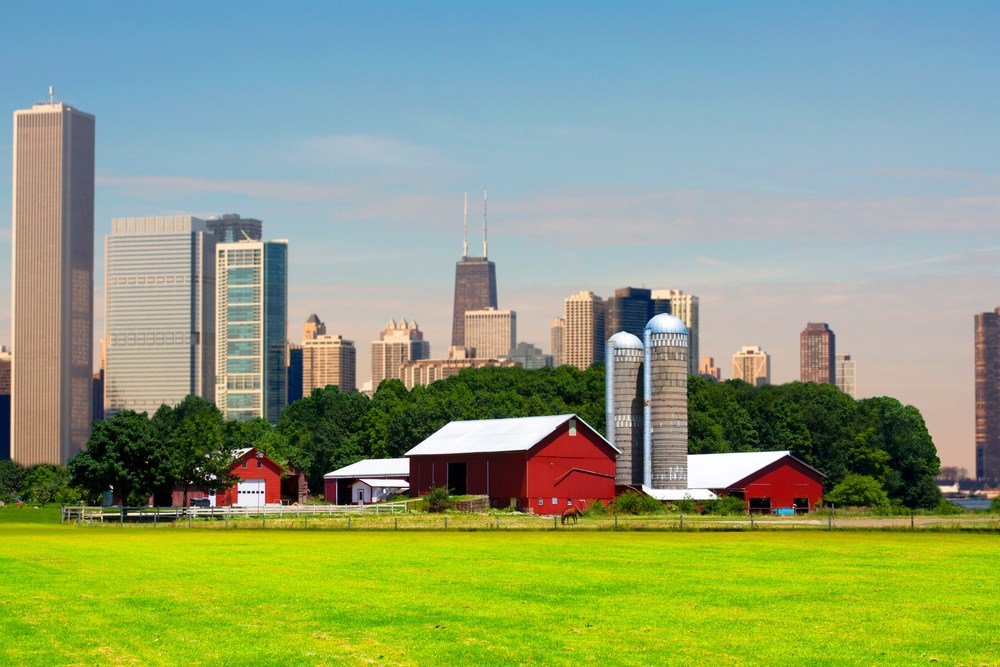The future behaviour of terrestrial vegetation under a warmer climate and a CO2 enriched atmosphere is one of the largest sources of uncertainty in climate science. Till present the experimental analysis of plants under future environmental conditions has been restricted to very expensive manipulation experiments (e.g. FACE) with very limited spatial extent, plant age, species and ecosystem coverage.
We follow a novel approach and develop our study on the unexplored opportunities offered by cities, the area most manipulated by humans. Our approach is based on the simple consideration that plants in cities are exposed to higher temperatures (because of the heat island effect) and CO2 concentrations (because of the large CO2 emissions) than in the surrounding rural areas. Therefore, plants in cities are experiencing today the climate and atmospheric composition that will occur in nature several decades ahead. Building on this evidence, by making innovative use of recent high-resolution retrievals of vegetation sun-induced fluorescence (SIF) and atmospheric CO2 from satellite platform (OCO-2), we explored how the differences in environmental conditions between the urban and the neighbouring rural areas are impacting vegetation photosynthetic phenology in 880 cities, used as “natural laboratories” spread across the whole Northern Hemisphere.

[rand_post]
We found that vegetation has unexpected longer photosynthetic seasons in urban areas (Fig. 1). Interestingly the shift in the phenology of photosynthesis proved to be more than 2-folds larger than that in leaf phenology typically observed and reported in the literature. More importantly, these anomalies are not merely caused by climate warming but also, and more significantly, by the CO2 enrichment, especially for the autumn phenology (Fig. 2). Ultimately, these experimental findings of actual vegetation responses to future conditions will provide important constraints to earth system models, shed new light on the increasing terrestrial carbon sink and stimulate the discussion on the impacts of land-atmosphere feedbacks on primary productivity and the future climate of the Earth.

The idea of using urban vegetation as natural laboratories not only could be used to investigate the shifts of vegetation phenology, but also could be used to disentangle the impacts of many concurrent changing environmental factors (temperature, precipitation, CO2, run-off, O3, SO2 and NO2 etc) on vegetation growth. On a side we believe that our novel approach may pave the way for future climate change impacts studies following a similar logic.
